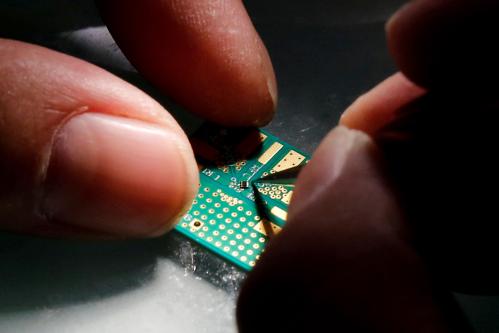One of the big economic mysteries of the moment is why productivity – output per hour of work – is growing so slowly. From 1994-2005, U.S. productivity growth averaged 2.8% per year, but in the years since, it has grown only by 1.4% annually. Why is this such a big deal? As Brookings Senior Fellow Martin Bailey explains in the video below, productivity growth is the main driver of real wage growth and improvements in living standards and plays an important role in how fast the Gross Domestic Product can grow without generating unwelcome inflation. The slowdown in productivity growth has, among other things, led the Congressional Budget Office to reduce its estimate of how fast the GDP will grow in the years ahead.
So what’s causing the productivity slowdown? We put that question to Mr. Baily and his Brookings colleagues, Barry Bosworth, Gary Burtless and Harry Holzer. The short answer: Economists have some hunches but aren’t quite sure. It might be measurement error. It might be the fallout of the Great Recession. It might reflect the dearth of new investment. It might reflect the inadequacies of U.S. education and training.
For more on this, watch Martin Baily below and read the slides from our presentations.
Productivity trends: Martin Baily and Barry Bosworth on why growth is so slow »
Worker skills and productivity growth, discussed by Harry Holzer »


Commentary
The Hutchins Center Explains: Productivity slowdown
March 27, 2015